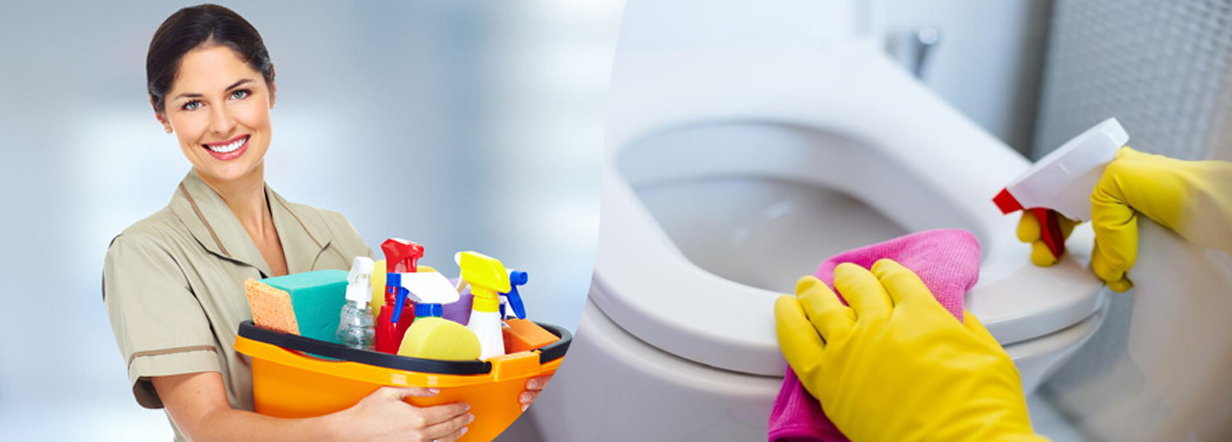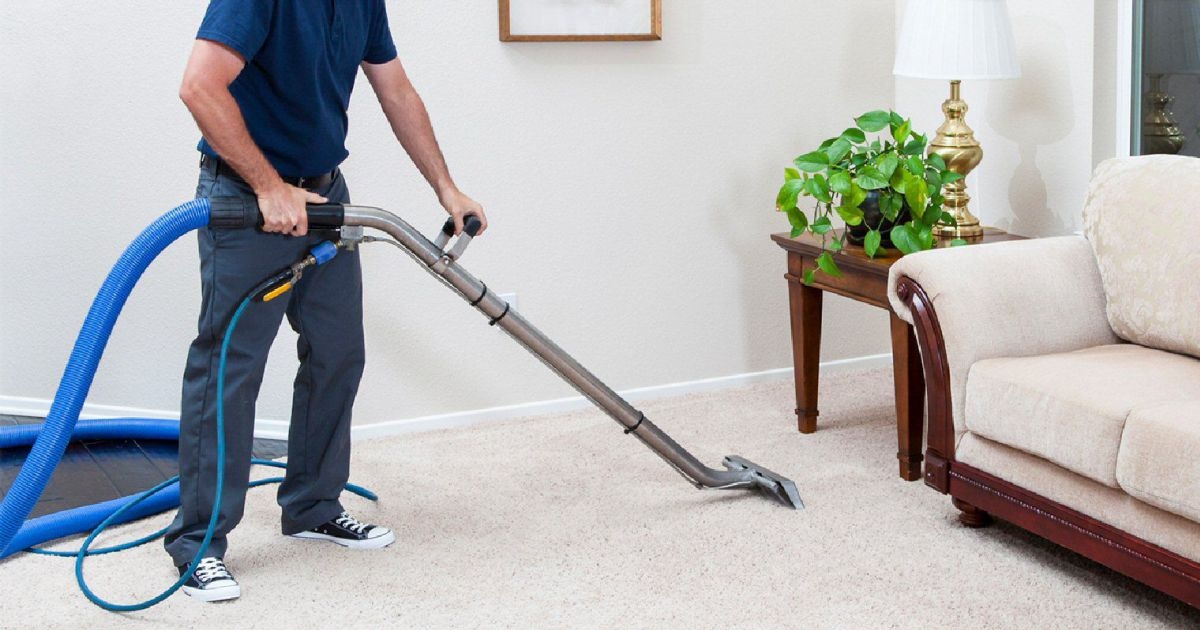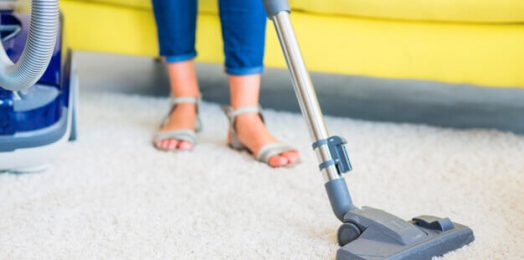Remove Toilet Bowl Stains Instantly
No matter how hard you scrub the toilet, it never seems clean enough to suit your standards. Rest assured that this is not due to a lack of effort on your part; urine and other bodily fluids are responsible for most if not all stubborn stains in toilets.
You can manage this better by knowing what causes these stains so that you will know how to deal with them. This article will discuss the common causes of toilet bowl staining and what you can do to remove them no matter how tough the stains are.
Table of Contents
What Are The Causes Of Toilet Bowl Stains?
The appearance of different colours around the rim and inside of your toilet bowl is caused by a variety of factors. To clean it effectively, you must better understand what is causing these patterns so that they can wash off easily. Here are some of the common causes of toilet bowl stains.
Accumulation of calcium
Hard water can turn your toilet bowl yellow. It is caused by mineral build-up over time that accumulates in the porcelain and ends up as stains, which could eventually cause blockages if not removed from your home’s plumbing system.
The calcium in your toilet is not just a problem for the outside of it. The tiny bits that stick up from under and around your seat can get stuck to moist bodily fluids, which causes stains to form on top of each other until you have an embarrassing mess waiting inside.
If these formations are allowed time enough without being cleaned out early, then cleaning will only become more difficult.
Stains from mould
Mould is a slippery fungus that likes to grow in dark, moist places. It will multiply when not removed early. Do not underestimate this problem or you may end up with an unpleasant smell and dangerous moulds all over your bathroom. Plus, it can make people sick if they inhale them while showering.
If you notice those dark green or black spots in your toilet bowl, it’s likely because of mould. These are not just unsightly — they also promote an unpleasant and dangerous odour that can cause a variety of respiratory problems like allergies and asthma if left unchecked. You should always seek help when combating this problem by hiring professionals who know how best to handle such situations.
Stains from rust
If you notice that your toilet bowl is starting to turn dark brown or red, then it might be time for a professional clean. Pipe corrosion could be the cause of these stains and they may also seem linked with iron in the water which reacts with oxygen forming rust-coloured spots on porcelain surfaces.
Given how challenging this type of stain can get; not only do we recommend hiring professionals but doing so as soon as possible will save you and others from such an ugly sight.
Blue stains
These types of stains are common in areas with highly acidic water rich in copper. Unfortunately, removing the toilet bowl stain once will not prevent it from returning again as long as you keep on using the toilet and flushing; but there’s something you can do.
To remove these pesky marks without having them come back soon after, just make sure to clean your toilets more often than usual; try cleaning right when you sense a little smell coming up — about every 4-6 weeks.
Effective Ways To Remove Toilet Bowl Stains

There are a variety of ways you can remove toilet bowl stains yourself. If these methods do not work, hire a professional to help you clean your bowl.
Method 1: Borax or baking soda mixed with white vinegar
The two most commonly used eco-friendly house cleaners — baking soda and vinegar can be combined with borax to create a paste that helps remove hard water stains from your toilet bowl. The white crystal in it will instantly dissolve, giving you back the bright white colour of its surface. The process is quite simple:
- Sprinkle some borax or baking soda powder on the stained toilet bowl.
- With a good toilet brush, scrub as you spread the powder around.
- Add about 1.5 cups of white vinegar into the bowl.
- Allow the solution to react for about half an hour.
- Rinse out the toilet bowl.
- If the result is not perfect, repeat the entire process until you are satisfied.
Do not use metal brushes. There is a big chance that scratch marks will form afterward and those will be hard for you or others to try to clean off the white porcelain bowl.
Method 2: Essential oils and lemon juice
Lemon juice is quite effective at removing common household stains and build-up on surfaces, but you will still have to do some scrubbing. The acidic properties in lemon juice help to break up calcium that has built up so you can have those white-looking toilet bowls again. To use this method:
- Get a clean spray bottle.
- Add a cup of lemon juice with about 15 drops of essential oils preferably lemon, tea tree oil, or lavender. These have been found to be effective against mould formation. Shake the mixture vigorously to ensure an even solution.
- Spray the cleaning solution on the entire toilet bowl with a special focus on the stains.
- Scrub the toilet bowl thoroughly for a while and then allow it to settle for about a quarter of an hour.
- Flush the toilet.
- If you still see yellowing or any more visible signs of rust or other stains, then repeat the procedure.
Method 3: Coca-Cola
You can use Coca-Cola to clean your toilet bowl without scrubbing. You just need a little bit of the carbonated drink and it will leave behind no stains or limescale build-up. Coke works perfectly as a solution against rust, hard water stain and even light limescale build-up. The process is quick and easy to carry out. Follow the steps below:
- Pour a large quantity of Coca-Cola into your toilet bowl.
- If the staining is around the rim, make sure you pour some Coca-Cola there too.
- Do not scrub; leave the liquid to react with the stains for as long as possible, preferable overnight.
- Rinse, inspect and repeat if need be.
If the stain is very bad, it is best to go for commercial toilet cleaners such as WD-40 and bleach.
Method 4: WD-40
WD-40 can remove tough stains that would otherwise be difficult to clean. Simply spray it on, wait a few minutes and then wipe away with an old towel or rag. Be sure not to flush any leftover product down your toilet, wiping is enough.
Method 5: Bleach
Corrosive and dangerous, bleach is the last resort for a worst-case scenario. Put on protective gloves and mask to avoid contact with skin that might cause excessive irritation or burns if inhaled. Open up all windows in your house so you can ventilate safely while waiting 15 minutes before rinsing off this chemical solution after cleaning out the toilet stains.
How Do I Deal With Hard Water Stains In My Toilet?
Hard water can quickly build up on faucets, showers, sinks, and toilets and leave rust-like stains that are very unsightly. Known as limescale or mineral deposits from an excess of minerals in your drinking supply, hard water stains form around fixtures due to them being constantly wet (especially if they’re not cleaned regularly). These white residues contain chalky toothpaste-like particles.
Nowhere is this hard water stain more problematic to deal with than in the toilet. While there are many commercial cleaning products that can remove hard water stains from your bowl, there are equally good homemade toilet cleaners that remove stains effectively.
Method 1: Vinegar and baking soda
These are two of the most useful household products that can be used for cleaning many things, including hard water stains in your toilet and even bore water stains. Together these ingredients make a natural alternative to commercial cleaners. To get rid of hard water stains with vinegar and baking soda, do the following:
- Put a cup of vinegar into the toilet bowl and brush using a toilet brush. Allow it to sit for about a minute.
- Add a cup of baking soda to the toilet bowl and then add a cup or two of vinegar. Allow this solution to sit for about 10 minutes.
- Use your toilet brush to scrub around inside the bowl. Ensure that you get the solution into every stain that is above the water. Don’t flush the toilet yet.
- Let this mixture of baking soda and vinegar last for about 30 minutes, brush intermittently until the stain is gone.
Method 2: Borax paste
Borax is preferred for very stubborn hard toilet bowl stains. The steps are:
- Shut the water to the toilet from the shutoff valve, then flush the toilet to empty the bowl. This is to prevent water from covering hard water stains.
- Mix half a cup of Borax and enough vinegar to form a mixture.
- Apply the mixture on the hard water stains making sure it covers the stains completely.
- Allow the mixture to sit for about 15 to 20 minutes.
- Use a stiff-bristled nylon brush to remove the mixture and the stains.
- Flush, inspect, and repeat until the desired result is achieved.
Hire A Professional To Help Out With Cleaning
Cleaning your toilet is not an easy task and removing a toilet bowl stain can be quite strenuous. Aside from the possibility of not doing a good job, the time, energy, and resources required to do the work and source for the cleaning materials and tools can be devoted to more demanding tasks.
It is preferable you hire a professional to help out with this task. These guys do these cleaning daily, they have got the experience, skills, and tools to deliver on the job, so why not give them the job while you focus on more pressing issues?






